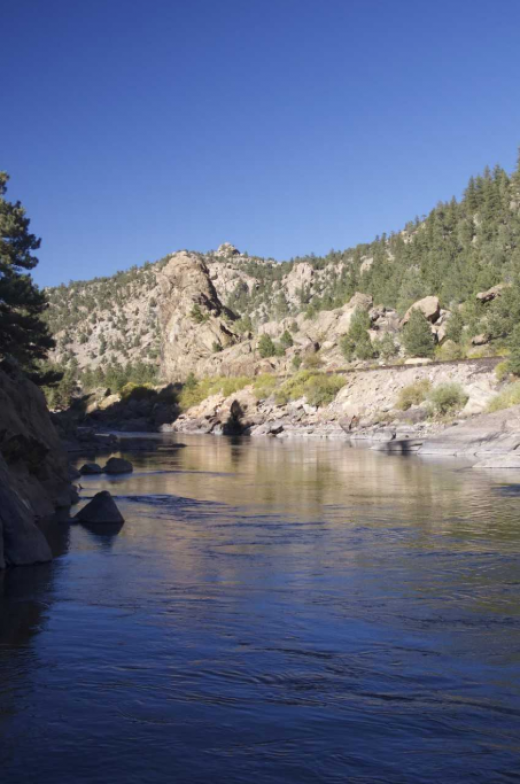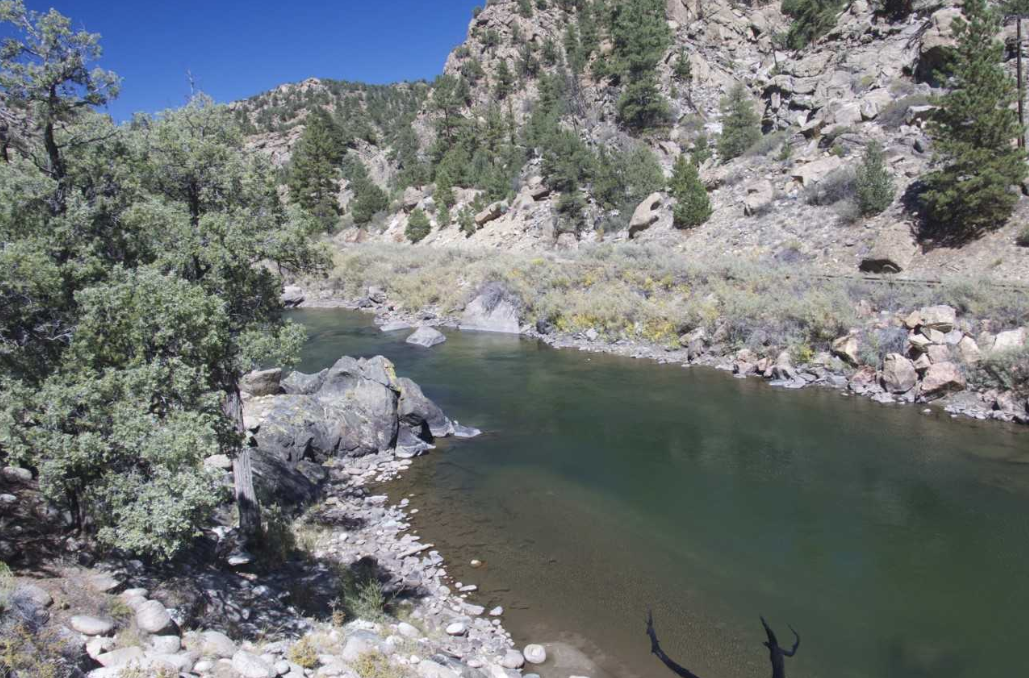By Toner Mitchell
Conservation-oriented anglers have at least a foggy idea of what American landscapes and waterways have gone through on their way to their current state. Since Europeans first landed here, we have generally grazed, logged, mined, drilled, dammed, channelized, polluted and otherwise dewilded our natural estate to within an inch of its life.
If we’ve learned anything from past excesses, it’s that they were just that, excesses. Which is to say that in very many cases, there was a line we could have stayed behind to avoid the more egregious fouls that ruined landscapes and rural economies. If, for example, we’d practiced selective logging instead of clearcutting, we might still have good topsoil, silt free streams, and operating sawmills. Perfect hindsight — and the non-occurrence of events like two incredibly consumptive and economically stimulating world wars — would have resulted in better environmental outcomes from other extractive industries as well. Alas, nothing to do but take the good with the bad.
Case in point, we all know the downside of roads, the acceleration of erosion, the deeper incursions into wild country enabling crippling extractions from it. Roads led us to the tops of mountains, where we found trees and pastures and mining claims galore, which we exploited, hauled out of there, and in some form put on railroads for transport to our cities and ports.
On the sunny side, the same roads that bore logs, ore, and hay have for a long time conveyed many a happy angler (and hunter) to their personal paradises. On a fishing trip to the Arkansas River last week, I was reminded that railroad tracks have brought me to some pretty amazing trout country. If not for the deceased rail bed paralleling the Arkansas, Browns Canyon (Colorado’s newest national monument, thanks in part to TU) would only be “easily” accessible by boat or astride a bighorn sheep. Thousands of anglers would be denied the solitude, jaw-dropping views, but mainly the privilege of casting to and getting ignored by the Arkansas’ largest trout.
Other rivers — California’s upper Sacramento and Feather Rivers come to mind — are pleasant to fish in large part because streamside tracks allow easy movement between promising spots, less bushwhacking through poison oak, brambles and potential rattlesnake bunkers. In the case of the Ark, rails have undoubtedly prevented broken bones due to rolls down steep slopes.
 Tracks are flat, and due to the prohibitive cost of replacing them with trails or new roads, they’re unlikely to be replaced. And they often stretch for miles into blessedly remote river canyons. In Browns Canyon, they allow foot travel to approximately five miles of gorgeous dry fly and nymph water; regarding the aforementioned large trout, anglers can raise their odds of success by fishing in pairs, trading roles of spotting lunkers from the tracks and casting.
Tracks are flat, and due to the prohibitive cost of replacing them with trails or new roads, they’re unlikely to be replaced. And they often stretch for miles into blessedly remote river canyons. In Browns Canyon, they allow foot travel to approximately five miles of gorgeous dry fly and nymph water; regarding the aforementioned large trout, anglers can raise their odds of success by fishing in pairs, trading roles of spotting lunkers from the tracks and casting.
It’s easy to look at a railroad and conjure up images of our precious landscapes being torn up and shipped off. If we’re honest, though, how many of us would have fallen in love with fishing in the first place if not for an ancestor — bamboo rod, wicker creel, and horsehair leader in tow — having been dropped off streamside by a train? Or forget about our own ancestors. How many of us would know fishing if not for Norman Maclean’s ancestor getting off a train?
That covers pretty much all of us.
Toner Mitchell is TU’s New Mexico Wildlife and Habitat coordinator. He lives and works in Santa Fe.



